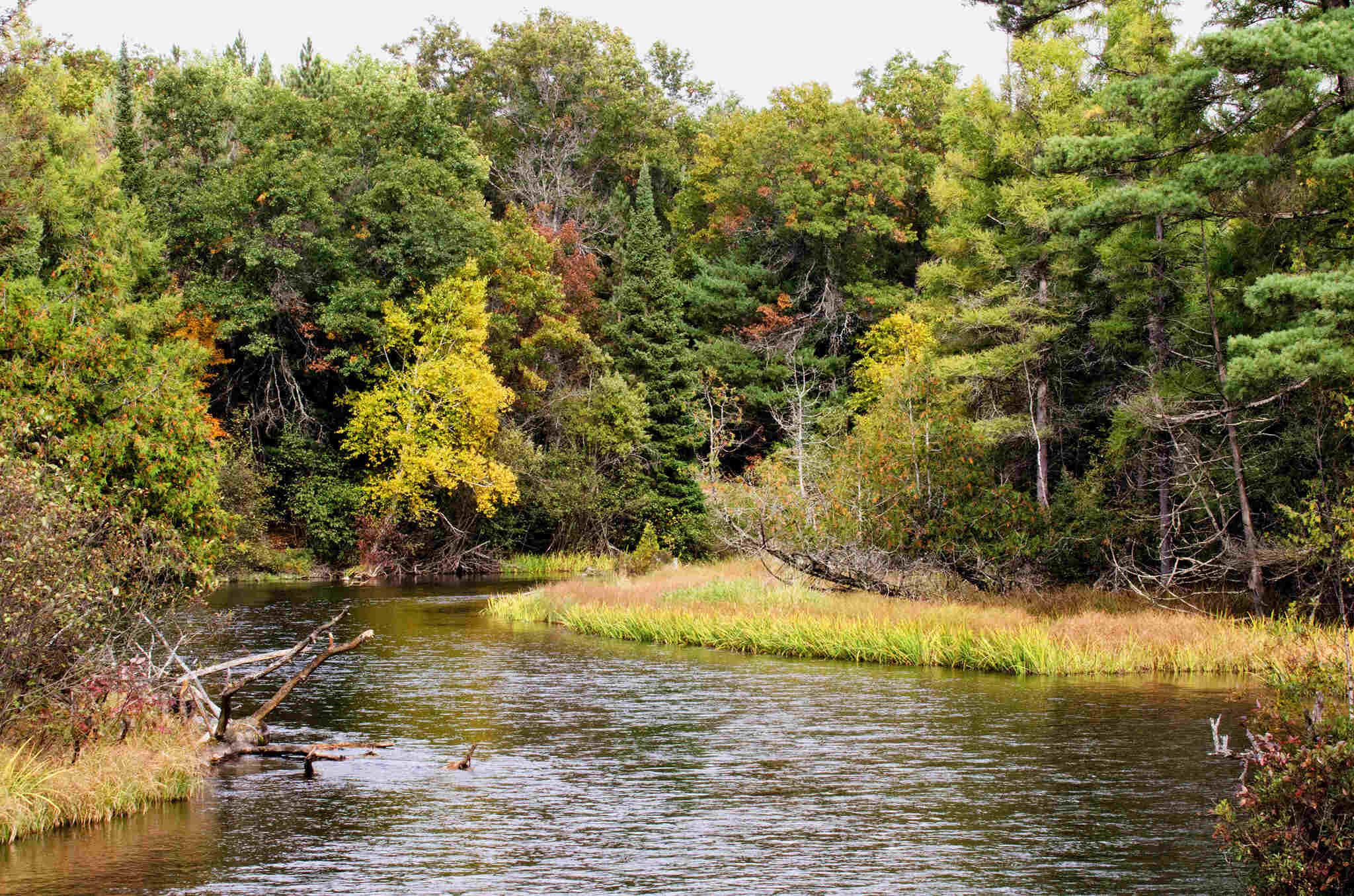Secrets Of Michigan’s Au Sable River Logging Camps

Have you ever wondered what life was like in Michigan's Au Sable River logging camps? Imagine waking up to the sound of axes and saws, surrounded by towering pines and the rush of the river. These camps were bustling hubs of activity, where loggers worked tirelessly to harvest timber that fueled the growth of cities and industries. From the early morning roll call to the hearty meals shared in mess halls, every day was an adventure. The camaraderie among the workers, the challenges they faced, and the sheer beauty of the natural surroundings made these camps unique. Let's take a closer look at the daily life, the people, and the legacy of these historic logging camps.
The Historical Significance of Au Sable River Logging Camps
The Au Sable River in Michigan holds a rich history tied to the logging industry. During the late 19th and early 20th centuries, logging camps thrived along this river, playing a crucial role in the development of the region. These camps were bustling hubs of activity, where loggers lived and worked, cutting down vast forests to supply timber for the growing nation.
Key Logging Camps Along the Au Sable River
Let's take a closer look at some of the most notable logging camps that once dotted the Au Sable River. Each camp has its own unique story and contribution to the logging industry.
1. Camp Fifteen
Camp Fifteen, located near Grayling, was one of the largest and most productive camps along the Au Sable River. It was known for its efficient operations and the high quality of timber it produced. The camp had a reputation for being well-organized, with loggers working in shifts to ensure a steady supply of logs to the river.
2. Camp Twenty-Seven
Situated near Mio, Camp Twenty-Seven was another significant logging camp. This camp was famous for its innovative use of steam-powered equipment, which greatly increased productivity. The camp's loggers were skilled in using these machines, making Camp Twenty-Seven a leader in the industry.
3. Camp Nine
Camp Nine, located near Oscoda, was known for its strategic location at the mouth of the Au Sable River. This camp played a vital role in transporting logs to the sawmills downstream. The loggers at Camp Nine were experts in river driving, guiding the logs safely through the river's twists and turns.
4. Camp Thirty-Five
Camp Thirty-Five, near Tawas City, was unique for its focus on sustainable logging practices. The camp's management implemented techniques to minimize environmental impact, such as selective cutting and reforestation efforts. This forward-thinking approach set Camp Thirty-Five apart from other camps of its time.
5. Camp Twelve
Located near Luzerne, Camp Twelve was known for its tight-knit community of loggers. The camp's workers often brought their families, creating a small village atmosphere. This sense of community helped boost morale and productivity, making Camp Twelve a successful and enduring logging camp.
Life in the Logging Camps
Life in these logging camps was tough but rewarding. Loggers faced harsh conditions, long hours, and dangerous work. However, the camaraderie among the workers and the sense of purpose in their labor made the experience worthwhile. Let's explore some aspects of daily life in these camps.
6. The Bunkhouses
Bunkhouses were the heart of the logging camps. These simple wooden structures provided shelter for the loggers, with rows of bunks for sleeping. Despite the cramped quarters, bunkhouses were places where loggers could rest, share stories, and build friendships.
7. The Cookhouse
The cookhouse was another essential part of camp life. Here, cooks prepared hearty meals to fuel the loggers through their grueling workdays. Meals were often simple but plentiful, with staples like beans, bread, and meat. The cookhouse was a place of warmth and comfort, offering a brief respite from the cold and demanding work outside.
8. The Blacksmith Shop
The blacksmith shop was crucial for maintaining the tools and equipment used by the loggers. Blacksmiths repaired axes, saws, and other tools, ensuring they were always in top condition. This shop was a hub of activity, with the constant sound of hammering and the glow of the forge.
9. The River Drives
River drives were a critical part of the logging process. Loggers would guide the cut logs down the Au Sable River to the sawmills. This task required skill and bravery, as the river could be unpredictable and dangerous. The river drives were a test of the loggers' abilities and a vital step in getting the timber to market.
10. The End of an Era
By the early 20th century, the logging industry along the Au Sable River began to decline. The forests were depleted, and new logging technologies and methods emerged. Many of the camps were abandoned, leaving behind only memories and remnants of a once-thriving industry.
The Legacy of Au Sable River Logging Camps
Michigan's Au Sable River logging camps hold a rich history. These camps were more than just places where trees were cut down. They were communities where workers lived, shared stories, and built a unique culture. The hard work and determination of the loggers helped shape the region's economy and landscape.
Today, visitors can explore remnants of these camps and imagine what life was like back then. Hiking trails, historical markers, and museums offer glimpses into the past. The Au Sable River itself remains a beautiful spot for fishing, kayaking, and enjoying nature.
Understanding the history of these logging camps adds depth to any visit. It reminds us of the people who worked tirelessly to build a future. Their legacy lives on in the forests, rivers, and communities of Michigan.

